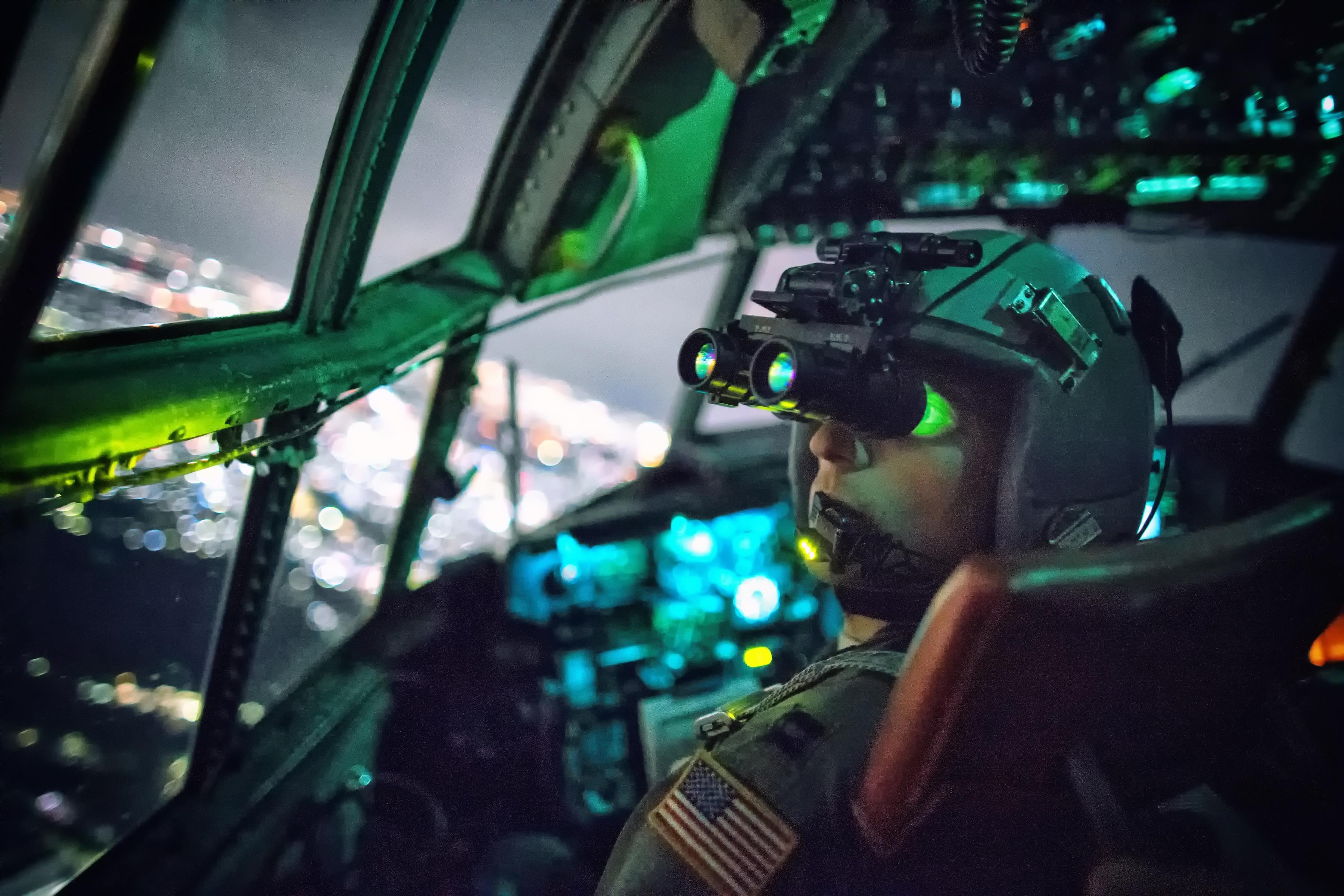Air Force leaders will meet with commercial airline officials next month to look for ways to work together to retain pilots, according to the head of Air Mobility Command.
The move comes as the Air Force faces a pilot shortfall in both the fighter and mobility communities.
For AMC, the timing is particularly bad, as it is already running hard worldwide. Nearly every three minutes, one of its planes takes off somewhere around the world to refuel aircraft, move personnel or supplies, conduct medical evacuations or other missions. And nine out of 10 refueling tanker missions flown as part of the war against the Islamic State involves AMC aircraft — more than 33,000 sorties in 2016.
AMC and the Air Force want to tackle the pilot shortage alongside the airlines, which are boosting their efforts to recruit military pilots, said Gen. Carlton Everhart, commanding general of AMC.
Everhart said AMC and the airlines have competing needs for limited resources.
"And if we don't watch it, we're going to hurt one to do the other," he told reporters Wednesday during a Defense Writers Group breakfast in Washington, D.C.
If the airlines pull airmen away from the service, Everhart said he won't be able to conduct operations. On the other hand, if the Air Force can't supply pilots to the airline industry, then they can't conduct their operations, either.
"So how do we complement each other instead of competing against each other?" he said.
Air Mobility Command, headquartered at Scott Air Force Base in Illinois, is short approximately 315 pilots out of 7,940 total force pilots — roughly a 4 percent shortfall overall between active duty, National Guard and Air Force Reserve. And over the next four years, Everhart said approximately 1,600 pilots will become eligible to separate from the service.
The pilot shortage is an issue facing the entire Air Force. Senior Air Force officials, testifying last week on Capitol Hill, said the service is short 1,555 pilots overall. Of those, 1,211 are fighter pilots.
In its bid to retain its pilots — including fifth-generation fighter pilots, who cost about $11 million to train initially — the Air Force has upped the maximum annual retention bonus from $25,000 a year to $35,000. It also is trying to eliminate or reassign additional duties that pilots hated, and is studying other non-monetary incentives such as offering airmen their choice of assignment after they accept and complete hard-to-fill assignments.
Charlsy Panzino covers the Guard and Reserve, training, technology, operations and features for Army Times and Air Force Times. Email her at cpanzino@militarytimes.com.
Charlsy is a Reporter and Engagement Manager for Military Times. Email her at cpanzino@militarytimes.com.





